On this page;
FIFO; An introduction…
If you’re in the world of eCommerce and fulfilment you may have come across the term FIFO at some point.
If not – don’t worry!
On this page we are going to explore the ins and outs of FIFO, including what it is, why its important, how it can be used, and how it compares against the LIFO method.
Lets dive in an explore how the FIFO method can be a beneficial tool for your business…
FIFO; An Introduction
If you’re in the world of eCommerce and fulfilment you may have come across the term FIFO at some point.
If not – don’t worry!
On this page we are going to explore the ins and outs of FIFO, including what it is, why its important, how it can be used, and how it compares against the LIFO method.
Lets dive in an explore how the FIFO method can be a beneficial tool for your business…
What is FIFO?
Beautifully crafted leather products.
FIFO is an abbreviation that stands for ‘First In First Out’, it is a method commonly used in inventory management whereby stock that is produced or purchased first is then sold first. ‘Old’ inventory is therefore shipped out before the ‘new’ inventory.
This method is designed to track the cost of your inventory, and is also used to help you avoid spending extra money replenishing stock due to having excess stock that can’t be sold because it is too ‘old’.
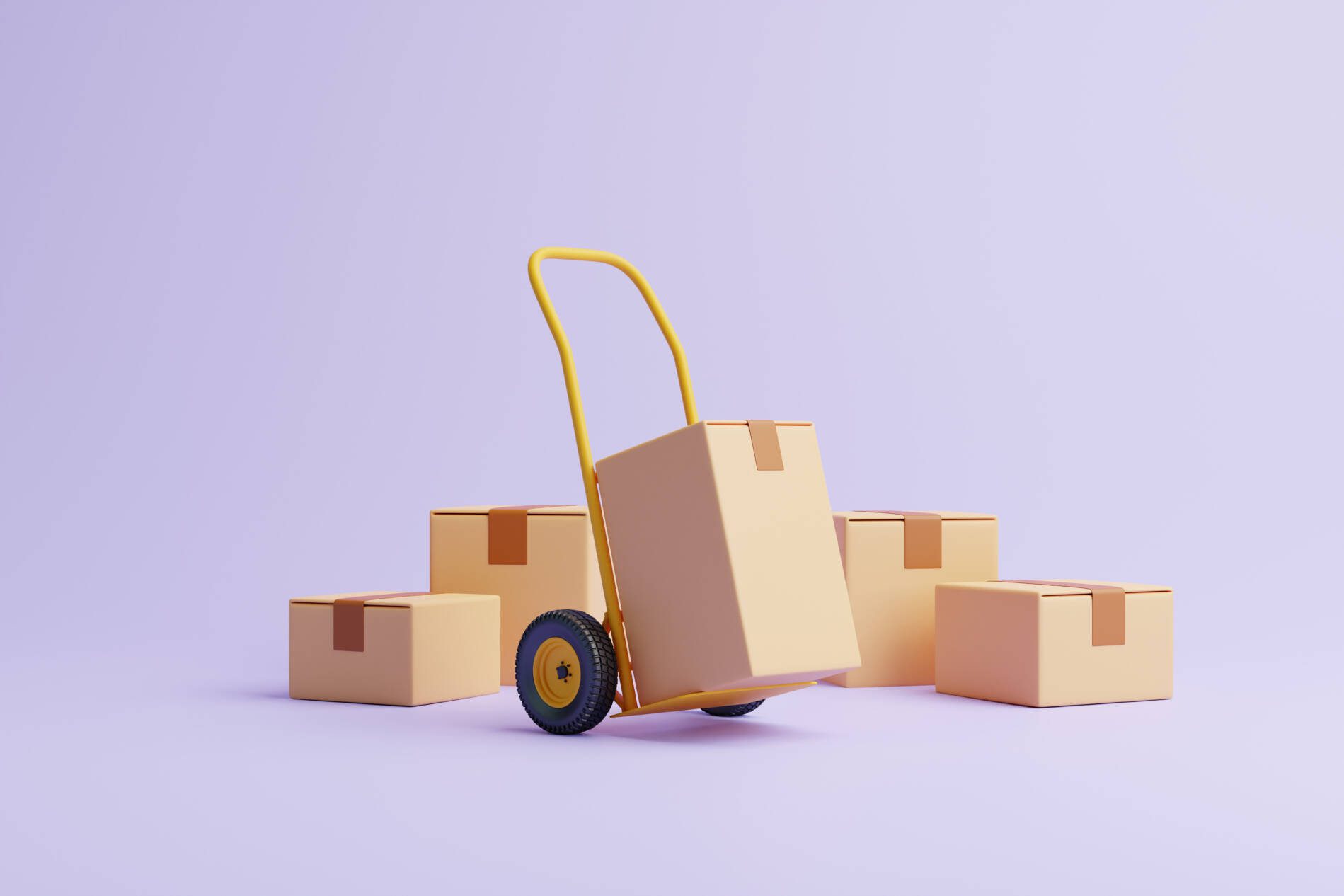
Homeware; Exploring the growing market…
Understanding FIFO; What is it?
FIFO is an abbreviation that stands for ‘First In First Out’, it is a method commonly used in inventory management whereby stock that is produced or purchased first is then sold first. ‘Old’ inventory is therefore shipped out before the ‘new’ inventory.
This method is designed to track the cost of your inventory, and is also used to help you avoid spending extra money replenishing stock due to having excess stock that can’t be sold because it is too ‘old’.


When is the FIFO method most commonly used?
The FIFO method can be used as an inventory management tool regardless of your products, but it is most commonly used in products that have an expiry date due to the ingredients that are in them. So, you will find this method is most commonly used in the following sectors;
- Retail; Especially for goods in supermarkets, or clothing retailers where a large portion of inventory is ‘trend’ or ‘seasonal’ based
- Automotive; Particularly for parts/components that may become less efficient over time if they are not sold fast enough
- Electronics; Technology develops quickly, old stock needs to be sold first
- Hospitality; Food supplies and other perishables have a shelf life, meaning older stock needs to be sold first
- Healthcare; Certain medical supplies have a shelf life and need to be used and sold first to avoid posing a risk to the consumers health
Other reasons where the FIFO method is used might include;
- A re-brand, new packaging. Old products are then sold first before new packaging and branding is introduced to avoid wasting money on excess stock
- Change in the product itself- an ingredient, design, component, etc. Old products are then sold first before the ‘new’ product is introduced.
What is Kitting and Assembly?
Kitting and assembly is a fulfilment service that is offered by most 3PL companies. It is a process that involves compiling, or assembling different parts and components together to create one final product, bundle, or kit. It is worth noting that this then becomes one singular SKU rather than multiple.
Kitting and assembly gives you the chance to offer customised bundles, kits, and products, meaning that you can drive more sales through discounts, promotions, etc.
How the FIFO method works; an example
How the FIFO method works; an example
FIFO and COGS; What are they?
Beautifully crafted leather products.
COGS is an abbreviation that stands for ‘Cost of Goods Sold’, and refers to the direct cost that both retailers and eCommerce businesses need to pay in order to sell products. This cost includes things such as; labour, manufacturing, raw materials, vendors, suppliers, etc.
COGS is important as it helps you calculate things such as profits, so implementing and tracking the COGS method will help you accurately calculate your profitability, which is a critical KPI for any eCommerce or retail business. It will allow you to make more strategic and informed decisions about your stock, and how much money is being spent on the production/purchasing of goods, which can then help you determine the retail cost of your products once you start selling them.


What is the COGS formula?
To calculate your cost of goods, you simply add together your starting inventory + your inventory purchases, followed by deducting your ending inventory from that total. Therefore, the formula is as follows;
COGS= Starting inventory + Purchases – Ending Inventory
What is Kitting and Assembly?
Kitting and assembly is a fulfilment service that is offered by most 3PL companies. It is a process that involves compiling, or assembling different parts and components together to create one final product, bundle, or kit. It is worth noting that this then becomes one singular SKU rather than multiple.
Kitting and assembly gives you the chance to offer customised bundles, kits, and products, meaning that you can drive more sales through discounts, promotions, etc.
COGS in Practice…
Beautifully crafted leather products.
You are a shoe manufacturer, and you start off your year with £10,000 worth of inventory.
During the course of that same year, an extra £25,000 is spent on materials and production costs to create more inventory.
By the end of the year, you are left with £5,000 worth of inventory. So, to calculate your COGS, it would be as follows;
£10,000 (starting inventory) + £25,000 (purchasing) – £5000 (ending inventory) = £30,000
Giving your brand a competitive edge; exploring your fulfilment options…
When is the FIFO method most commonly used?
The FIFO method can be used as an inventory management tool regardless of your products, but it is most commonly used in products that have an expiry date due to the ingredients that are in them. So, you will find this method is most commonly used in;
- Makeup products
- Skincare products
- Haircare products
- Food and Drink products
- Vitamins and supplement products
- Other pharmaceutical products
- Clothing products
- Electronical products – phones, laptops etc
Although, as mentioned, the FIFO method can be used for any business and any product. Other reasons where the FIFO method is used might include;
- A re-brand, new packaging. Old products are then sold first before new packaging and branding is introduced to avoid wasting money on excess stock
- Change in the product itself- an ingredient, design, component, etc. Old products are then sold first before the ‘new’ product is introduced.

Giving your brand a competitive edge; exploring your fulfilment options…
FIFO and COGS…
COGS is an abbreviation that stands for ‘Cost of Goods Sold’, and refers to the direct cost that both retailers and eCommerce businesses need to pay in order to sell products. This cost includes things such as; labour, manufacturing, raw materials, vendors, suppliers, etc. COGS is important as it helps you calculate things such as profits, so implementing and tracking the COGS method will help you accurately calculate your profitability, which is a critical KPI for any eCommerce or retail business. It will allow you to make more strategic and informed decisions about your stock, and how much money is being spent on the production/purchasing of goods, which can then help you determine the retail cost of your products once you start selling them.

Giving your brand a competitive edge; exploring your fulfilment options…
COGS in practice…
You are a shoe manufacturer, and you start off your year with £10,000 worth of inventory.
During the course of that same year, an extra £25,000 is spent on materials and production costs to create more inventory.
By the end of the year, you are left with £5,000 worth of inventory. So, to calculate your COGS, it would be as follows;
£10,000 (starting inventory) + £25,000 (purchasing) – £5000 (ending inventory) = £30,000

FIFO method; advantages
There are many different inventory management methods meaning there is no ‘right’ method with each method having pros and cons. But, with that being said, FIFO and COGS holds more advantages than disadvantages. Lets explore them…
FIFO method; advantages
There are many different inventory management methods meaning there is no ‘right’ method with each method having pros and cons. But, with that being said, FIFO and COGS holds more advantages than disadvantages. Lets explore them…
FIFO Method; Disadvantages
Now that we have explored the advantages of FIFO, lets explore the disadvantages…
FIFO Method; Disadvantages
Now that we have explored the advantages of FIFO, lets explore the disadvantages…
What is LIFO?
Beautifully crafted leather products.
Put simply, LIFO is the opposite of FIFO and stands for ‘last in first out’. This approach is obviously different and requires new stock to be sold before old stock. LIFO can help businesses save on taxes and better match their revenue income with the latest costs of goods during times of inflation.
Although, it is worth mentioning that this method is only used in the United States and is permitted under GAAP.

Comparing FIFO with LIFO
FIFO Method; Disadvantages
Now that we have explored the advantages of FIFO, lets explore the disadvantages…
Giving your brand a competitive edge; exploring your fulfilment options…
What is LIFO?
Put simply, LIFO is the opposite of FIFO and stands for ‘last in first out’. This approach is obviously different and requires new stock to be sold before old stock. LIFO can help businesses save on taxes and better match their revenue income with the latest costs of goods during times of inflation.
Although, it is worth mentioning that this method is only used in the United States and is permitted under GAAP.

Comparing FIFO with LIFO
Giving your brand a competitive edge; exploring your fulfilment options…
Leave it with us…
At TSP, we have industry leading inventory management systems in place that allow us and our clients to easily see and track their inventory. Not only this, we actively work with clients who require the FIFO method to be used due to expiry and shelf life dates on their products, meaning we are more than capable of handling your inventory and orders.
Explore our other fulfilment services below…


Leave your inventory management with us…
At TSP, we have industry leading inventory management systems in place that allow us and our clients to easily see and track their inventory. Not only this, we actively work with clients who require the FIFO method to be used due to expiry and shelf life dates on their products, meaning we are more than capable of handling your inventory and orders.
Explore our other fulfilment services below…
What is Kitting and Assembly?
Kitting and assembly is a fulfilment service that is offered by most 3PL companies. It is a process that involves compiling, or assembling different parts and components together to create one final product, bundle, or kit. It is worth noting that this then becomes one singular SKU rather than multiple.
Kitting and assembly gives you the chance to offer customised bundles, kits, and products, meaning that you can drive more sales through discounts, promotions, etc.
Why Choose TSP?
Our Range of Fulfilment Services
We’ve been In Business
20+ years
Trusted by
300+ Brands
Our Range of Fulfilment Services



























Collate your product details and connect your stores / market places
Link you into our preferred courier network
Take delivery of your stock, go live!
Collate your product details and connect your stores & marketplaces.
Link you into our preferred courier network.
Take delivery of your stock, go live!











